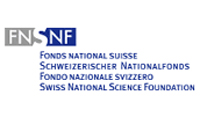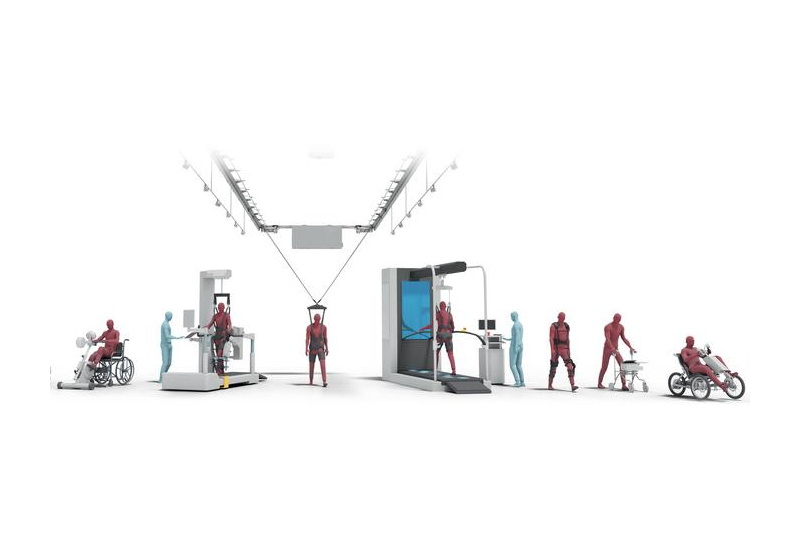
Innovations in Ultrasound Imaging Boost Breast Cancer Detection

Ultrasound is one of the three main technologies used in medical imaging. It is more compact and affordable than nuclear magnetic resonance imaging (MRI) techniques, and safer than x-rays. But the images it produces are often difficult to interpret.
With support from the SNSF, a team from ETH Zurich has developed a new method based on the speed of sound. In initial clinical trials, the team’s prototype showed great promise in detecting breast cancer. The researchers have published their work in the journal Physics in Medicine and Biology.
Measuring the speed of sound, not the quantity
An ultrasound probe emits sound waves that penetrate the body. Because organs and tissues have different physical properties, they reflect the waves differently. The device analyses these “echoes” and reconstructs a three-dimensional image of the inside of the body, called an “echograph” or, more commonly, ultrasound.
Usually, the device measures the intensity of the reflected sound waves. But the Zurich team takes an additional parameter into account, namely the echo duration. This new method produces images with enhanced contrast, which could prove useful for cancer diagnosis: It not only detects the presence of tumours; it also aids in distinguishing benign tumours from malignant ones.
This innovation relies on a simple principle: the density and rigidity of the tissues determine the speed of the sound echo. Because tumours are more rigid than the surrounding tissue, especially when they are cancerous. As a result, sound travels 3% faster on average in malignant tissues than in healthy tissues, and also 1.5% faster than in benign tumours.
A simple change of software
During clinical trials, the Zurich team demonstrated the effectiveness of their prototype in detecting breast tumours. “Our goal is to provide physicians with a better tool for decision-making during routine checks, and to avoid unnecessary biopsies,” says Orçun Göksel, assistant professor at ETH Zurich and director of the study. “Compared with conventional ultrasound, our images are much easier to interpret.”
The technique can be used with any equipment, because the key innovation is the processing software. A device that exploits the speed of sound recently entered the market, but it requires a cumbersome and expensive infrastructure – the part of the body being observed needs to be submerged in degassed water.
“Ultrasound is successful because it is safe, portable and inexpensive,” says Göksel. “Any physician’s office can accommodate a compact, handheld probe. Our technology preserves these advantages while addressing the main limitation of conventional ultrasound – image quality – which is still a problem for diagnosis in many clinical cases.”
The team is continuing clinical trials – particularly in the area of liver disease and certain muscular disorders due to ageing that often lead to stiffening of tissues. Their patent-pending technique requires only minor adaptations to current devices. “As a result,” says Göksel, “it could find rapid commercialisation. Thanks to a grant from Innosuisse, we are currently developing a system that will work at the push of a button and hopefully be used by hospitals every day.”
This work was funded by the SNSF as well as by a Pioneer Fellowship from ETH Zurich. The researchers received the 2016 Spark Award from ETH Zurich and the Swiss Venture Best Idea Award for 2017.
The text of this press release, a download image and further information are available on the website of the Swiss National Science Foundation:
Prof. Orçun Göksel
Computer-assisted Applications in Medicine, ETH Zurich
Sternwartstrasse 7, 8092 Zurich
Telephone: +41 44 632 25 29
Email: ogoksel@vision.ee.ethz.ch
(*) S.J. Sanabria, E. Ozkan, M. Rominger and O. Goksel.: Spatial Domain Reconstruction for Imaging Speed-of-Sound with Pulse-Echo Ultrasound. Physics in Medicine and Biology (2018) doi: 10.1088/1361-6560/aae2fb
http://www.vision.ee.ethz.ch/~ogoksel/pre/Sanabria_spatial_18pre.pdf
http://www.snf.ch/en/researchinFocus/newsroom/Pages/news-181030-press-release-in…
https://www.youtube.com/watch?v=_cfzUU1oayQ












